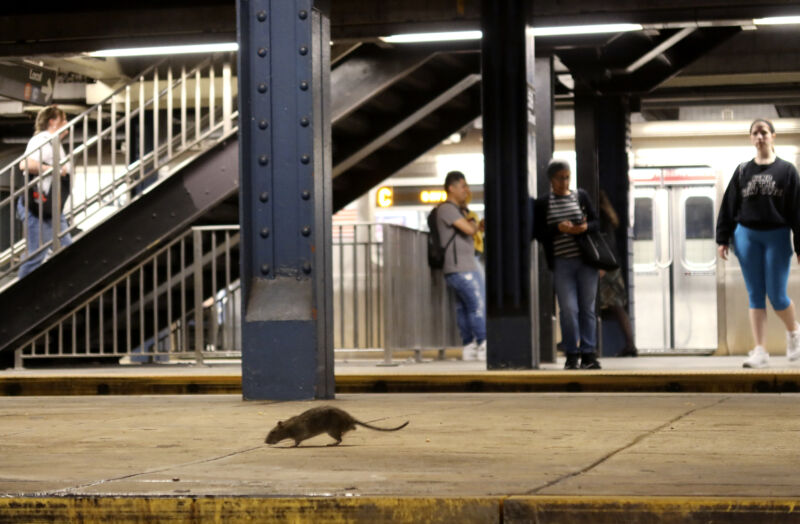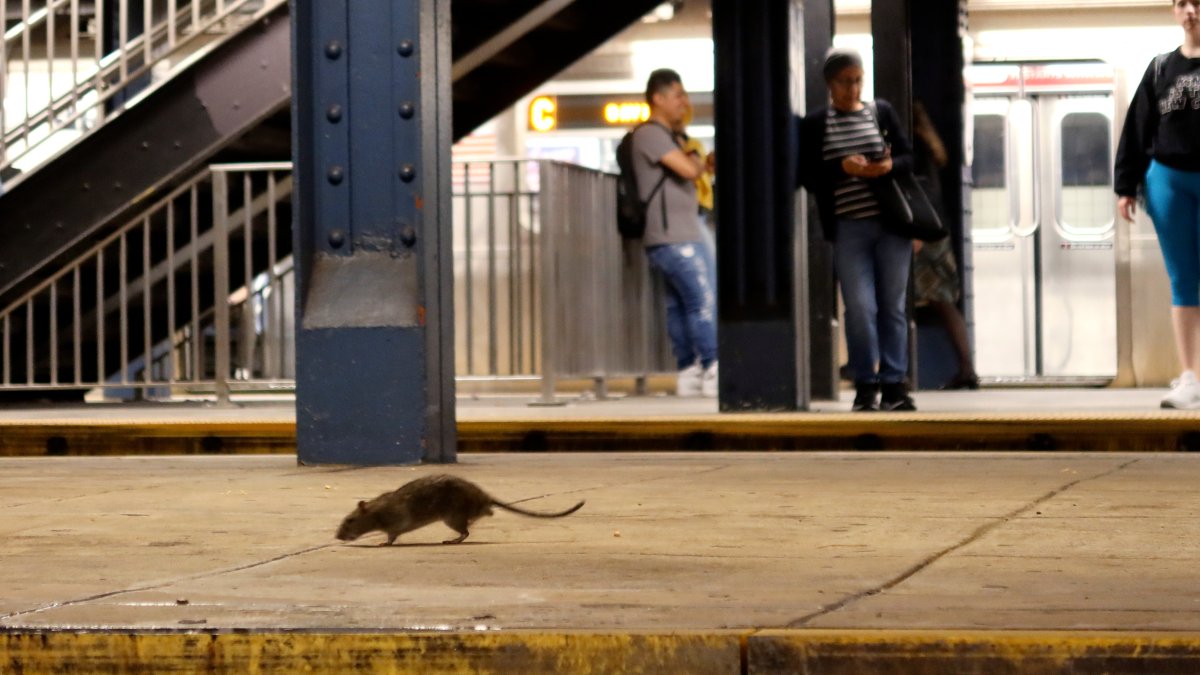
In the bustling metropolis of New York City, a hidden health crisis has been brewing. The city's rat population, estimated to be up to 3 million strong, has been causing more than just unsightly scenes and urban legends. These rodents have been identified as the primary carriers of Leptospirosis, a potentially life-threatening bacterial infection that can lead to kidney failure, liver damage, and even death in humans.
The alarming rise in cases of this disease was first noticed in 2021 when three cases were reported. However, the numbers began to surge dramatically over the next two years. In 2023 alone, a record-breaking 24 cases were documented – an increase of over eightfold from just two years prior.
The infection is primarily spread through contact with rat urine and contaminated environments. The bacteria, Leptospira, thrive in warm and moist conditions and can survive for weeks in water or soil. The months with the highest number of cases are June and October when temperatures are warmer.
The demographic most affected by this disease is men aged between 20 to 80 years old, with a median age of 50. Human-to-human transmission is rare, but it can occur through direct contact with the urine or contaminated water and soil.
Despite these concerning statistics, New York City officials have been taking steps to address the issue. Mayor Eric Adams has made it a priority to reduce plastic bags on streets as part of a larger rat mitigation strategy. The city is also exploring alternatives to poison for population control, such as rat birth control and bans on glue traps.
The New York City Department of Health and Mental Hygiene urges residents to be aware of the symptoms, which include fever, headache, chills, muscle aches, vomiting, diarrhea, coughing up blood or jaundice. If left untreated, Leptospirosis can lead to severe complications and even death.
The city has identified four main rat infestation zones: Harlem, Grand Concourse in the Bronx, Bedford-Stuyvesant/Bushwick, and East Village/Chinatown. It is crucial for residents living in these areas to take extra precautions to protect themselves from exposure.
The rise in Leptospirosis cases is not an isolated incident. Climate change has been identified as a contributing factor, with excessive rain and unseasonable warmth creating ideal conditions for the bacteria's survival. The city's rat population continues to grow, posing a significant health risk to its residents.
In conclusion, New York City faces a pressing health crisis due to the increasing number of Leptospirosis cases caused by rats. It is essential that residents remain vigilant and take necessary precautions to protect themselves from exposure. The city's officials are working tirelessly to address the root cause of this issue, but it will require a collective effort from all New Yorkers to ensure a safer and healthier future for everyone.






:max_bytes(150000):strip_icc():focal(539x630:541x632)/garbage-rats-nyc-tout-041724-28c23a7eb60441239c36402d6fe74093.jpg)